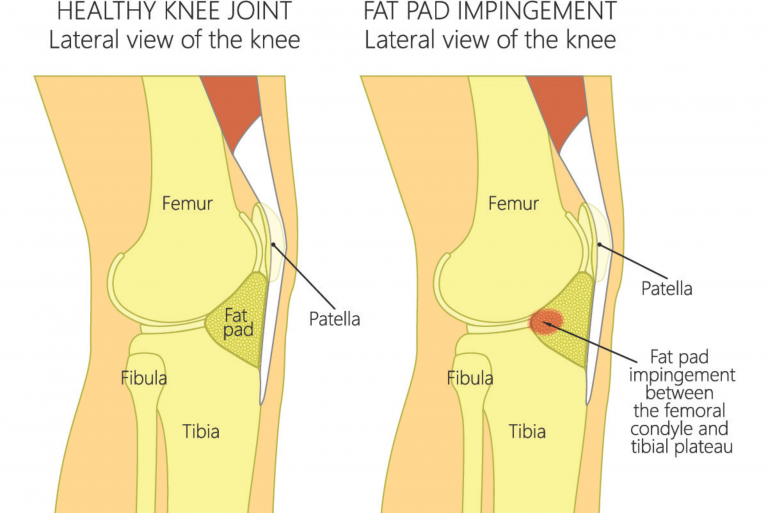Knee pain is a very common condition experienced by many people in the world. Some researchers have found that up to 25% of the adult population in the world experience knee pain. Injections to the knee are a good adjuvant therapy to help treat painful knee conditions. In fact, many orthopaedic surgeons would consider injections as the last line of non-surgical treatment for knee pain. There are
several different intraarticular knee injections (ie. Injections into the knee joint) available for use and they essentially work through different means.
“25% of the adult population in the world experience knee pain”
Currently, there are three types of injections that doctors use to treat knee pain. These are:
1) Corticosteroid injections
2) Viscosupplementation injections (Part 2)
3) Platelet Rich Plasma (PRP) (Part 3)

Corticosteroid injections
Corticosteroid injections have been used for many years. They are very effective in the short-term for relieving knee pain and decreasing inflammation.
Corticosteroid injections have been used for many years. They are very effective in the short-term for relieving knee pain and decreasing inflammation. Unfortunately, the effects are not long-lived and there are currently some controversy regarding possible cartilage injury due to the corticosteroids used.
Nevertheless, this form of injection has been used successfully for many years in the treatment of patients with painful knee conditions. The corticosteroids have both anti-inflammatory and also immunosuppressive effects that decrease the accumulation of inflammatory cells and the secretion of inflammatory mediators within the knee. This process is one of the key reasons for the feeling of pain in the knee. The actions of the injection lead to an improvement in symptoms such as a decrease in warmth, redness, and pain.
The advantages of using corticosteroid injection are that it is quick in onset, provides predictable relief of discomfort and have been clearly shown by numerous studies to be effective in the short term
The disadvantages of using corticosteroid injections would be that they have a short duration of action (sometimes up to 6 weeks) and there are concerns regarding the corticosteroids causing cartilage harm. Because corticosteroid injections mainly treat knee pain by reducing inflammation, they do not contribute to any reparative effects. Hence the knee condition is likely to continue worsening to the point where these injections do not provide sufficient relief and other means of treatment need to be explored.
In Part 2 of this series, we talk about Viscosupplementation injections and discuss the benefits and use of this treatment. Click on the link to view the next article.
























